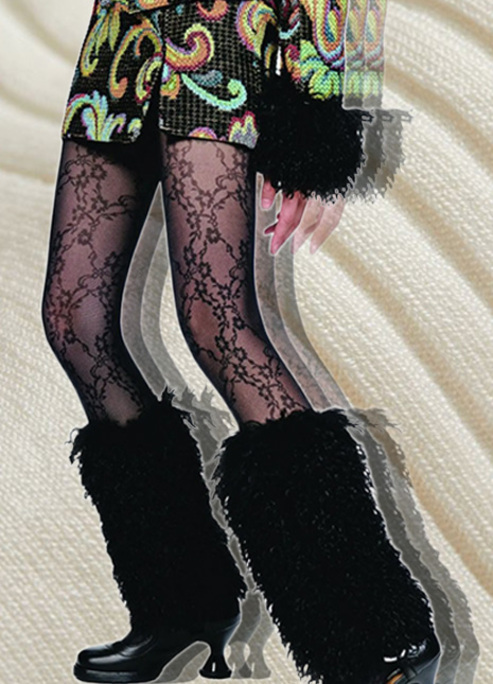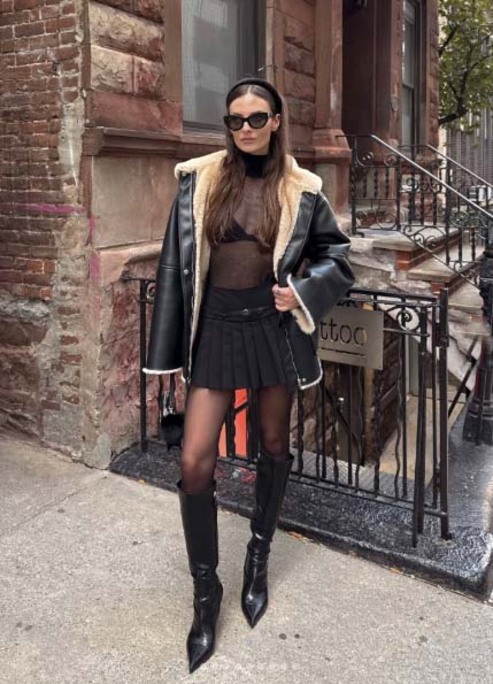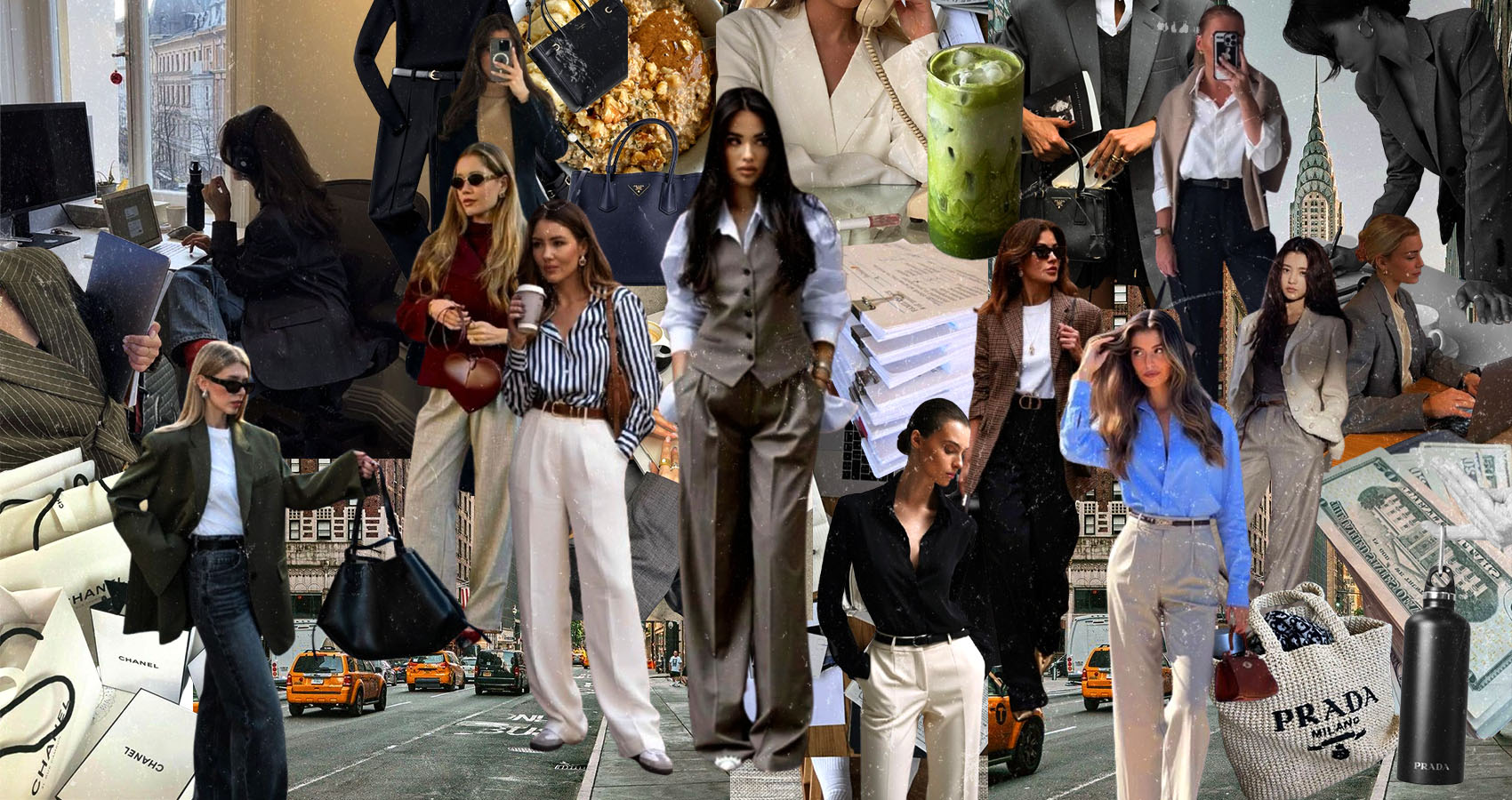
What is Business Casual and How to Nail it?
Your go-to guide for effortless workplace style.
Business casual has become a go-to dress code for many workplaces, combining a professional look with a relaxed touch. Knowing how to interpret this style helps you look sharp without feeling overdressed.
In this guide, we’ll break down what business casual means and share practical tips to master it for any setting.
What Business Casual Really Means
Business casual is about finding a middle ground between formal and relaxed attire. This style includes elements like button-down shirts, tailored pants, and clean shoes, creating a versatile wardrobe that’s appropriate without feeling too rigid.
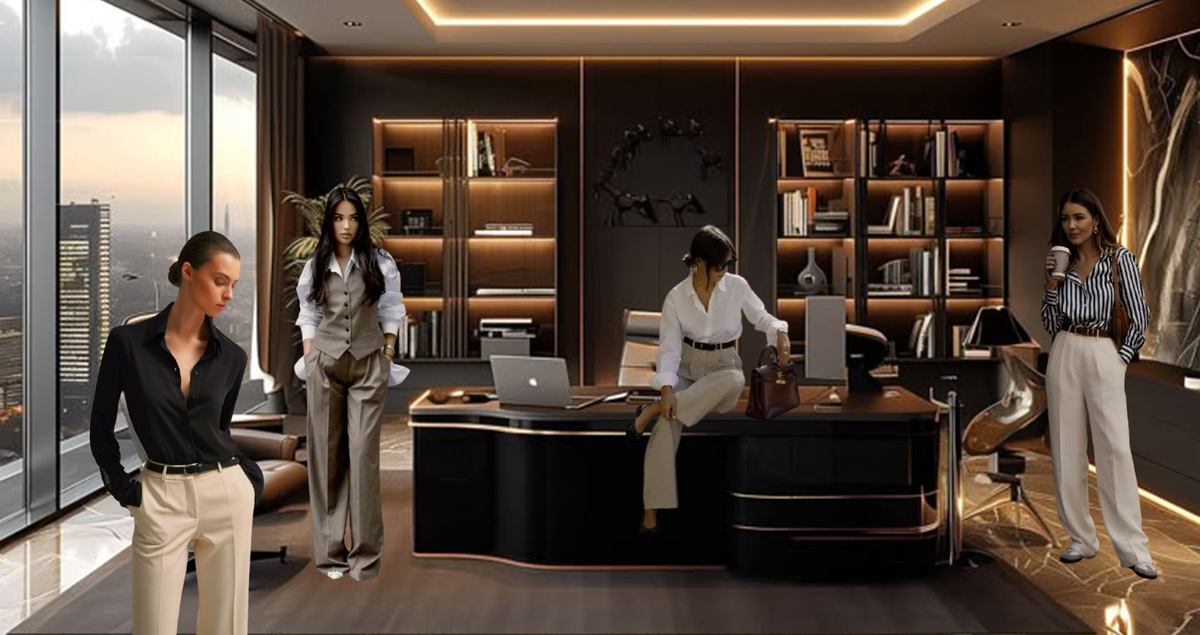
Key Elements of Business Casual
Business casual can look slightly different from one workplace to another, but some core pieces remain consistent. These essentials keep you looking professional while offering comfort and ease. Here’s a breakdown of what makes up a solid business casual wardrobe.
Tops
Button-down shirts and tailored blouses are reliable staples, offering a clean and polished look. For cooler days, sweaters or cardigans add warmth without compromising professionalism.
Bottoms
Tailored pants or chinos provide a sharp foundation, while dark, well-fitted jeans can work in more relaxed settings. Pencil or A-line skirts are great options for those who prefer alternatives to pants.
Footwear
Loafers and understated dress shoes are classic picks for most settings. Women's casual sandals or flats provide chic, comfort and versatility, ideal for long hours on your feet.
Accessories
Small details can make a big difference in business casual. A simple belt or an elegant watch can tie your outfit together, while minimal jewelry adds a subtle touch of sophistication.
Outerwear
Layering with a blazer instantly elevates your look, while lightweight jackets in neutral tones are perfect for transitional weather.
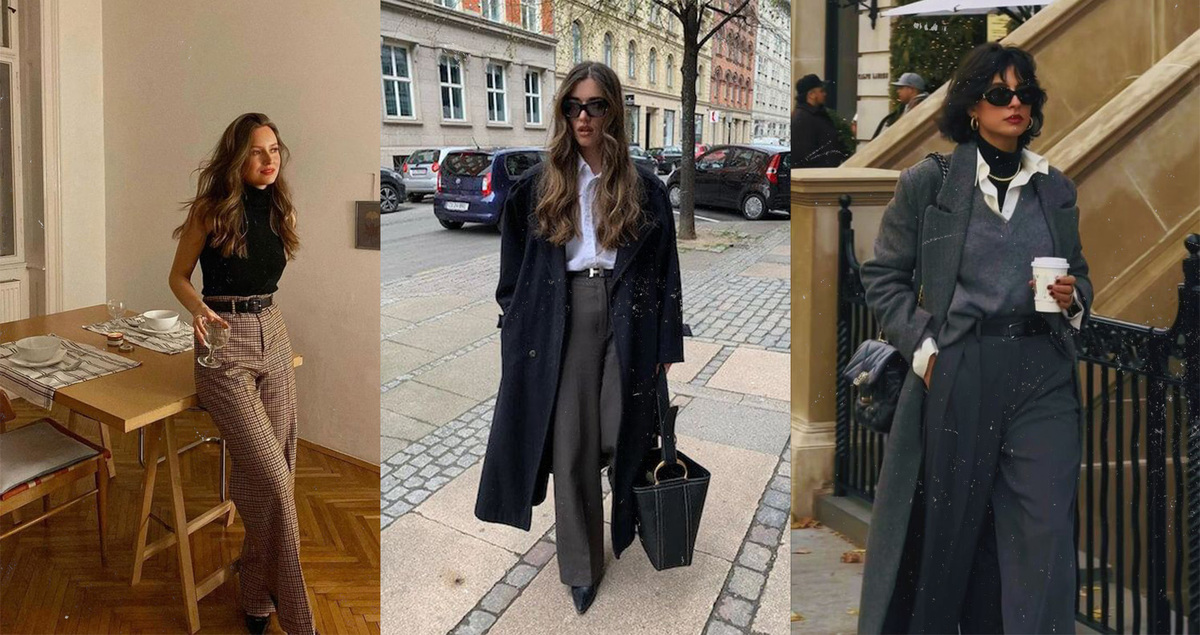
Do’s and Don’ts of Business Casual
Here are the key do’s to keep your look professional, followed by the don’ts to avoid missteps.
Do’s
Choose Quality Fabrics and Fit
Look for high-quality fabrics like cotton, wool, or blends that maintain their shape and have a polished appearance. Proper fit matters too—a tailored look that isn’t too tight or too loose gives a refined finish.
Keep It Simple and Neutral
Opt for neutral colors like navy, gray, black, and beige, with subtle patterns for versatility. Simple accessories, like a classic belt or an understated watch, complete the outfit without drawing too much attention.
Prioritize Grooming and Details
Ensure your clothes are clean, pressed, and wrinkle-free. Attention to personal grooming, such as well-styled hair and neat nails, reinforces a professional image.
Adapt to the Workplace Environment
Observe your workplace to gauge the level of formality, adjusting accordingly. Layering pieces, like blazers or cardigans, can add polish and are practical for adapting to different temperatures or seasons.
Don’ts
Avoid Overly Casual Pieces
Items like ripped jeans, graphic T-shirts, and athletic wear don’t align with business casual standards. Flip-flops and sneakers should also be avoided in favor of more structured footwear, like loafers or flats.
Steer Clear of Loud Colors and Excessive Patterns
Bright colors and busy patterns can be distracting and may not fit within a business casual setting. Stick to understated tones and patterns that keep the focus on professionalism.
Skip Overpowering Accessories
Large, flashy jewelry or bold accessories can overwhelm a business casual look. Aim for minimal, refined pieces that add to your outfit without being the main focus.
Don’t Overlook Proper Fit and Maintenance
Baggy or overly tight clothing can look unprofessional. Avoid wearing items with visible signs of wear, such as stains or frays. Well-maintained clothing in the right fit helps you appear put together and respectful of the workplace setting.

How to Adapt Business Casual for Different Work Environments
Business casual varies depending on the work environment, from corporate offices to creative spaces. Here are some practical ways to adjust your style to suit different settings without losing that professional edge.
-
In formal offices, go for tailored pants or slacks with a button-down shirt and a blazer for a polished look, finished with comfortable women's mules for added ease and style.
-
Tech environments often welcome relaxed styles—dark jeans paired with a crisp shirt can work well.
-
In client-facing roles, stick to classic, neutral colors that convey professionalism and reliability.
-
During colder months, add a structured cardigan or a lightweight coat for warmth without compromising style.
-
Hot climates or summer settings call for breathable fabrics, like cotton or linen, to stay cool and comfortable.
-
For remote work video calls, focus on well-fitted tops with clean lines, as these are most visible on camera.
-
For creative workplaces, consider adding personality with subtle patterns, unique textures, or a stylish pair of shoes.
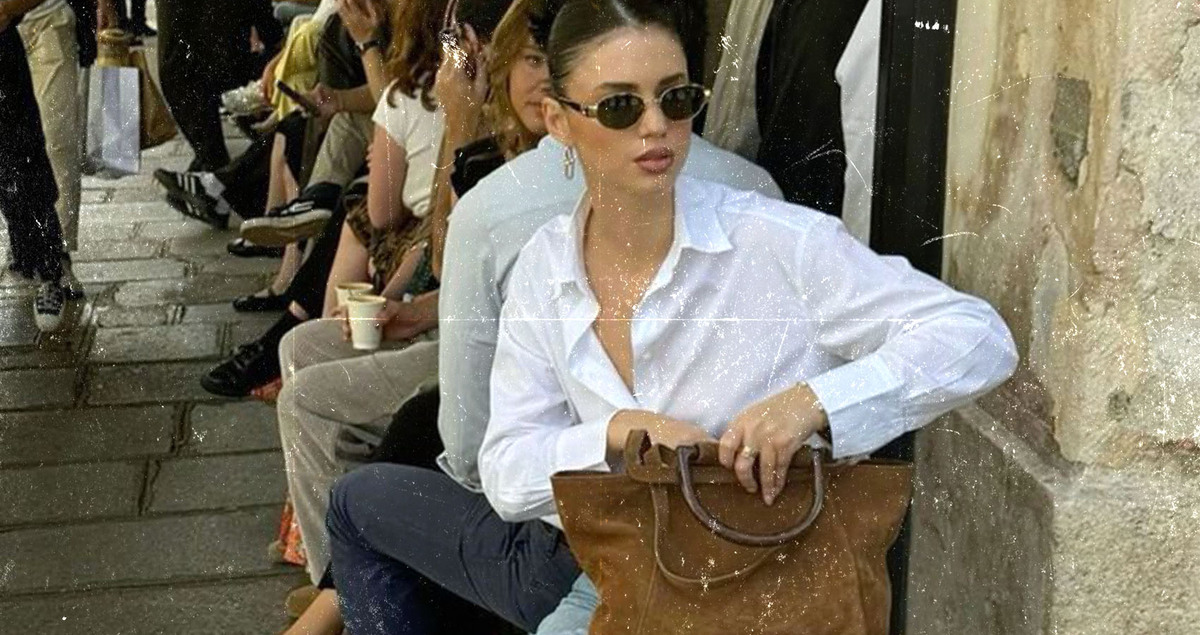
6 Essential Tips to Nail the Look
Getting the business casual look right often comes down to small yet impactful choices. Here are six fresh tips to help you nail the look:
Mix Textures for Visual Interest
Pair materials like cotton, wool, or leather to subtly elevate your outfit. For example, a smooth blouse with tailored tweed pants can add depth without being overpowering.
Incorporate Subtle Prints
When solids feel too plain, opt for understated prints like pinstripes, polka dots, or small checks. These patterns can add personality while keeping your outfit professional.
Use Color Accents Strategically
Instead of loud clothing, introduce a pop of color through accessories like a scarf, tie, or pocket square. These accents can bring life to neutral tones without overwhelming the outfit.
Match Your Bag to the Look
Carry a structured bag, such as a leather tote or a minimalist backpack, to complement the business casual vibe. Avoid overly casual options like slouchy bags or gym totes.
Pay Attention to Seams and Stitching
Crisp and neat seams signal quality and care. Inspect your clothing for details like symmetrical stitching or pressed creases to enhance the overall impression.
Incorporate Statement Outerwear
A tailored trench coat or a structured overcoat can add sophistication when you’re outdoors. Choose something versatile that complements most of your wardrobe.
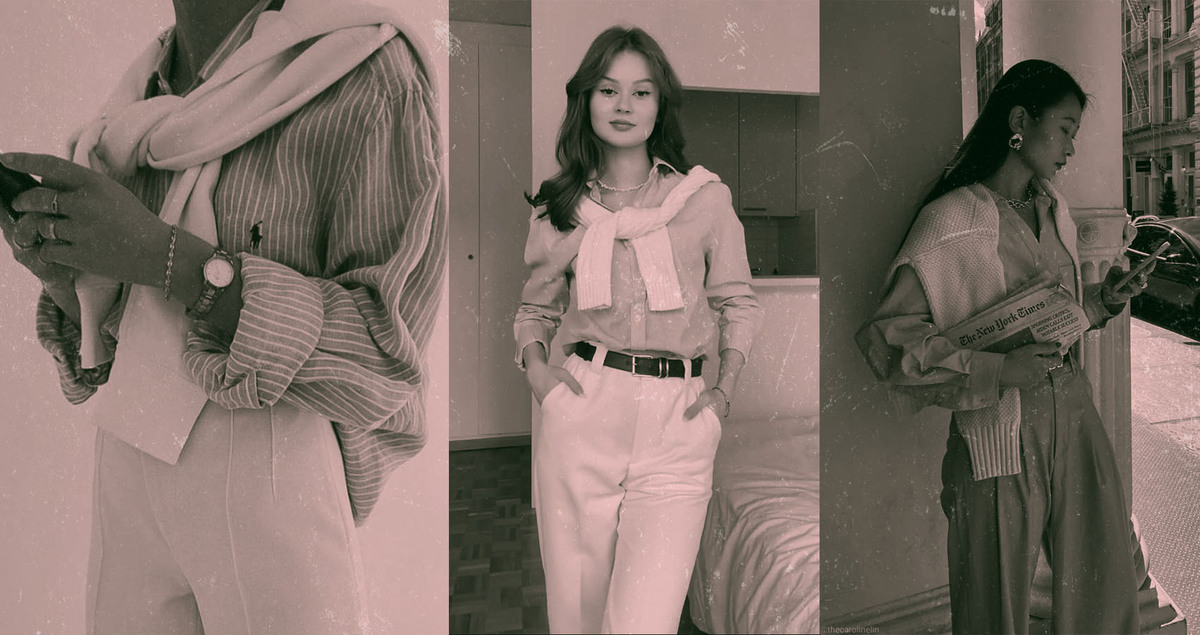
Dressing with Purpose
Business casual is far more than a dress code - it’s an opportunity to present yourself with confidence in any environment. By understanding the flexibility of this style, you can create a wardrobe that feels authentic to you while meeting workplace expectations. Whether it’s your first day or an everyday routine, dressing with intention ensures you make a lasting impression.



